curated by Maria Chiara Valacchi
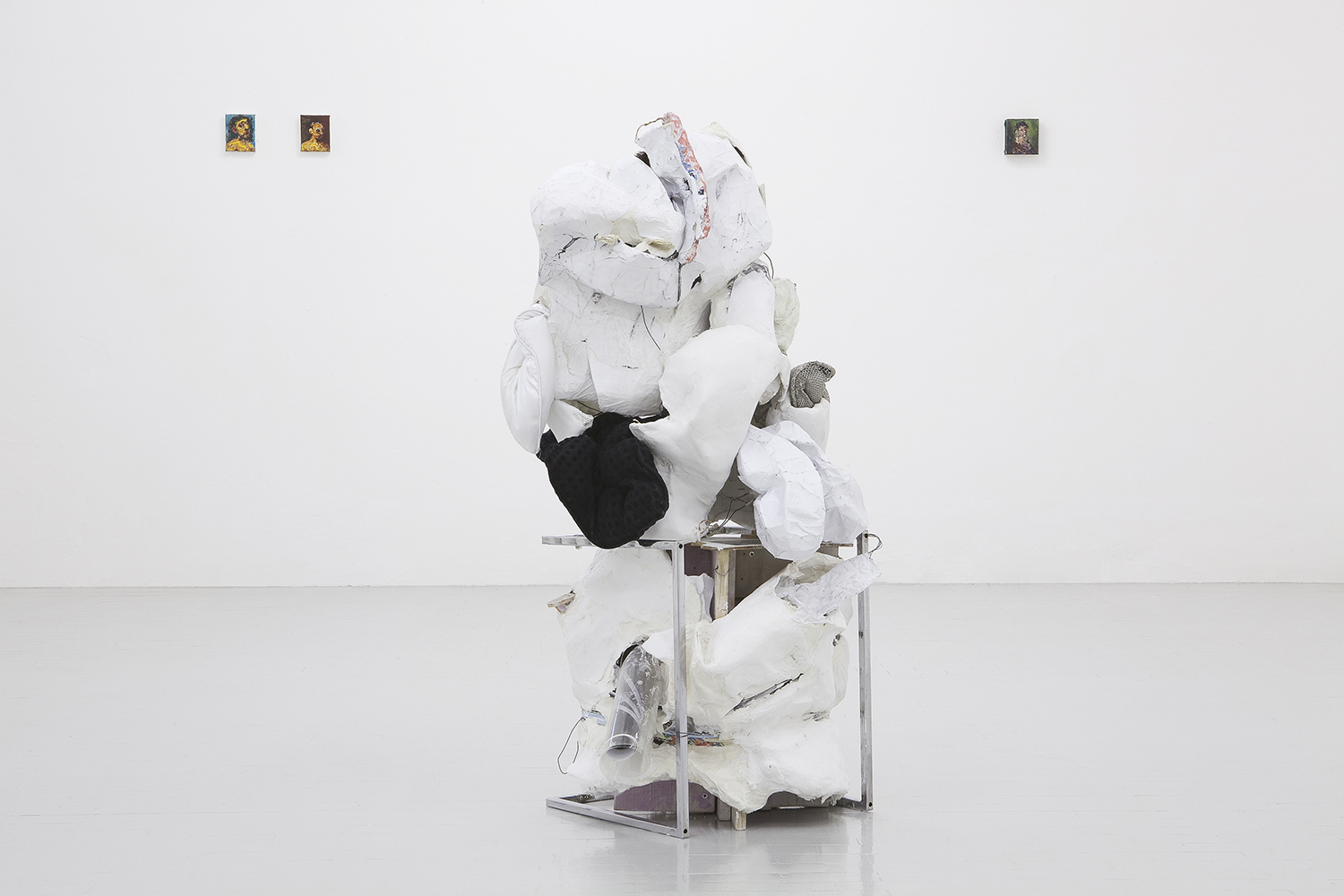
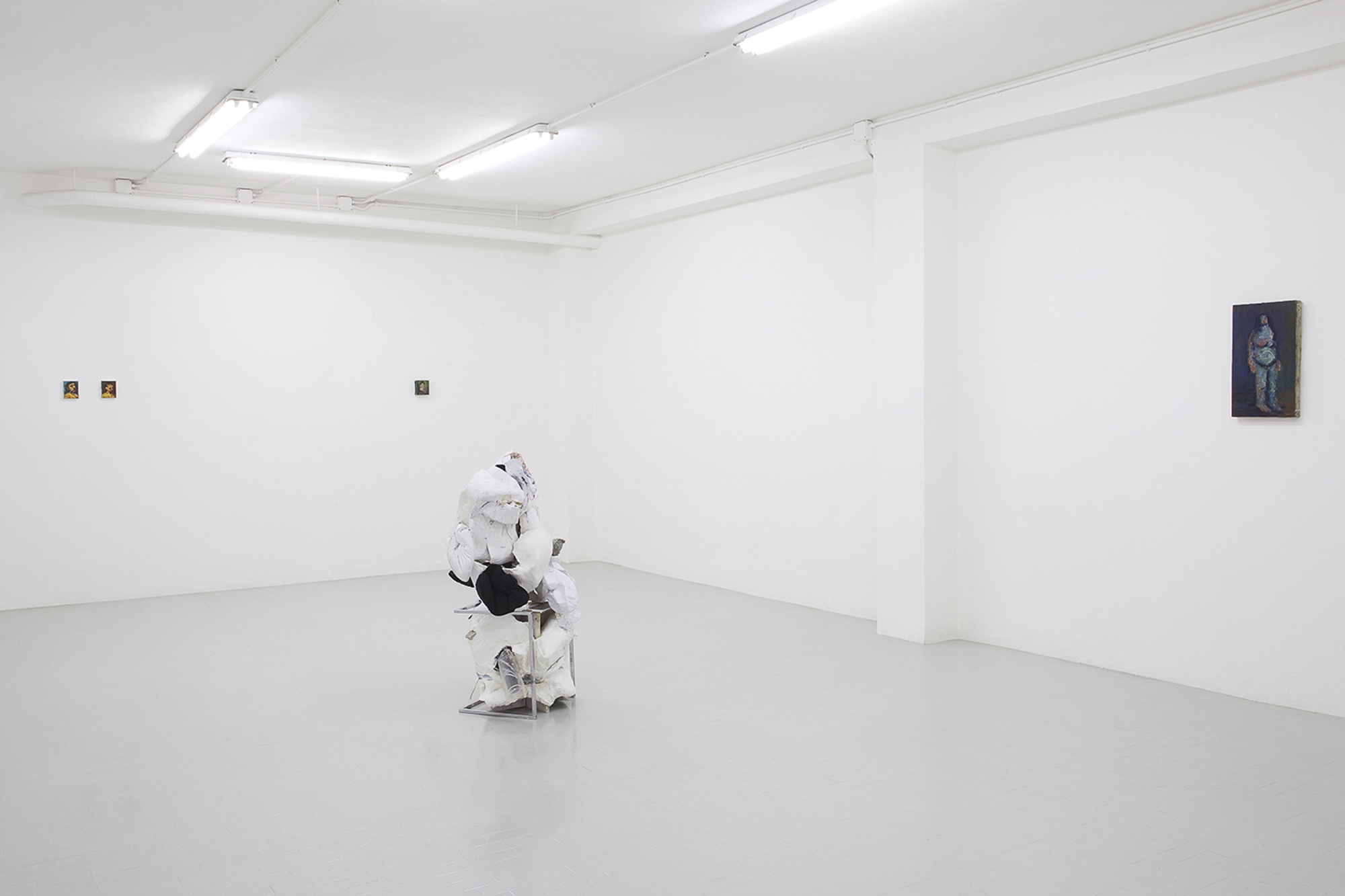
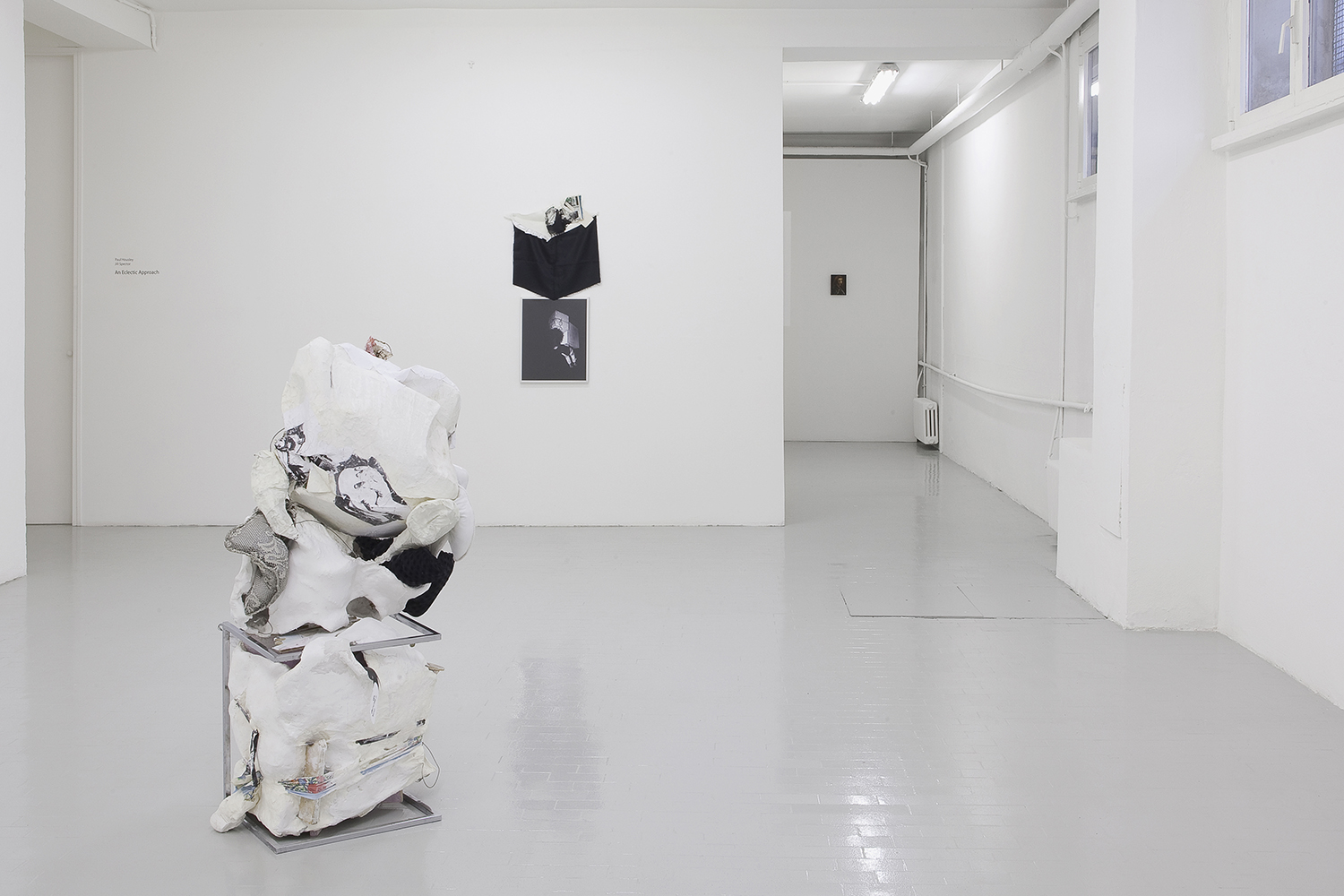
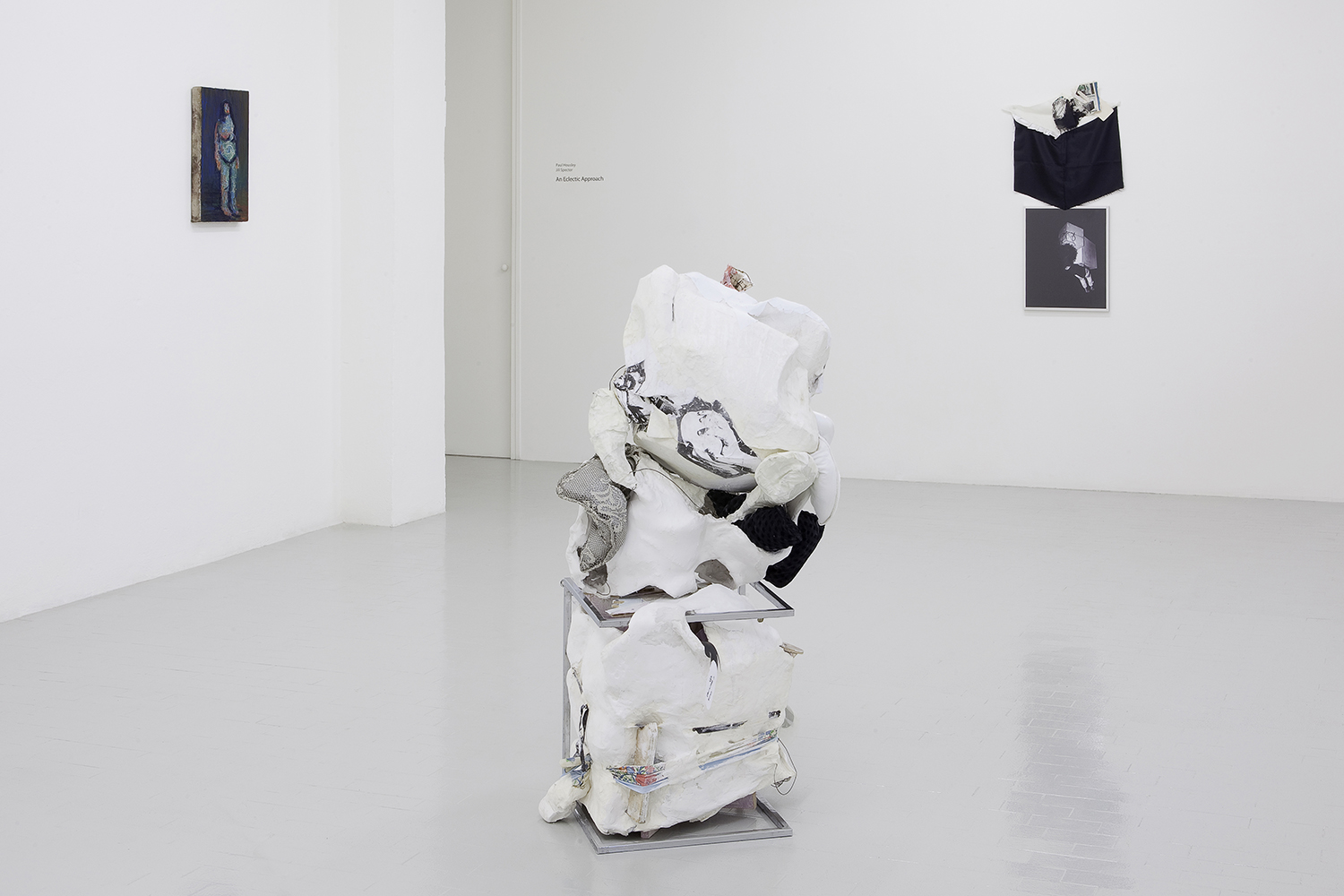
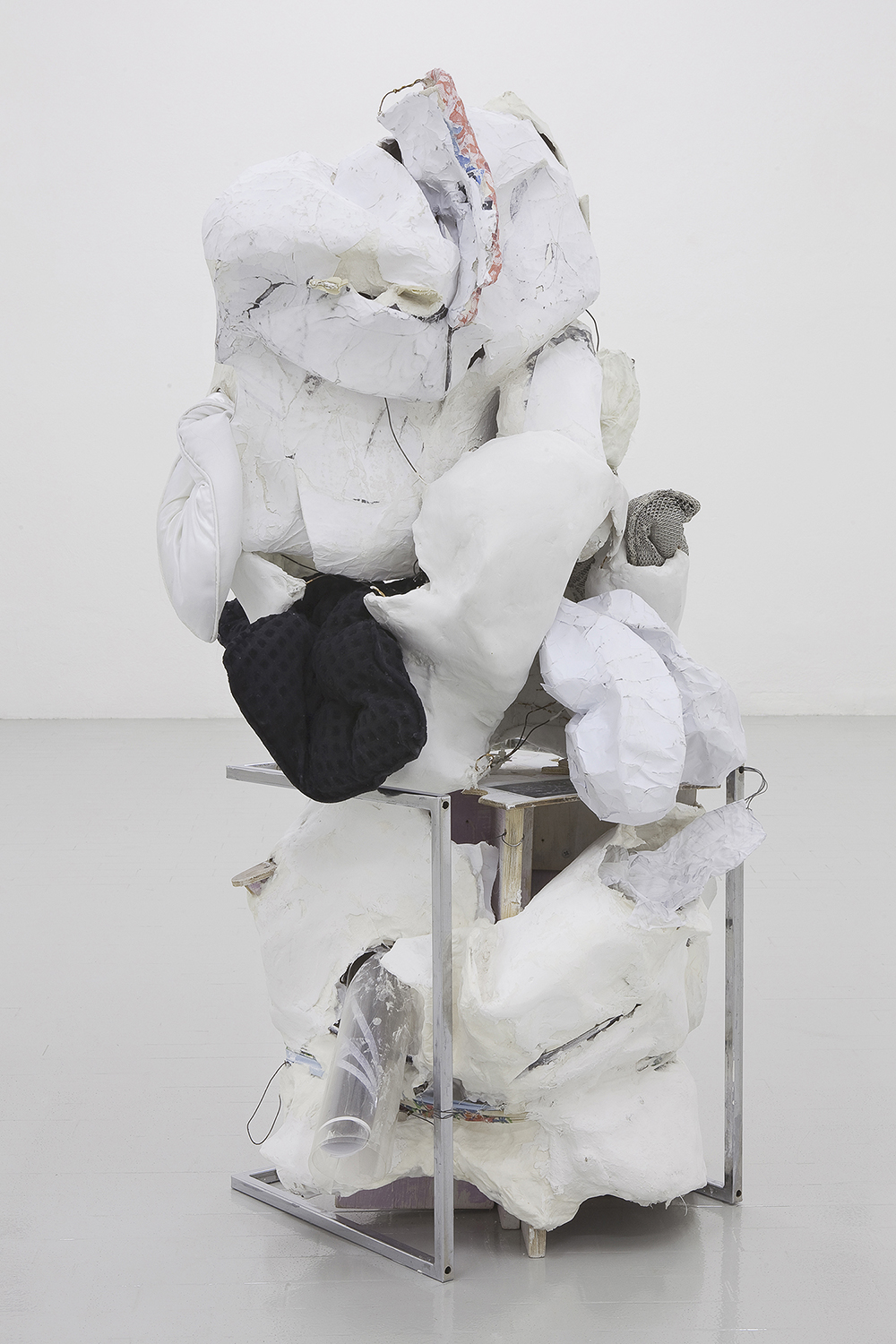
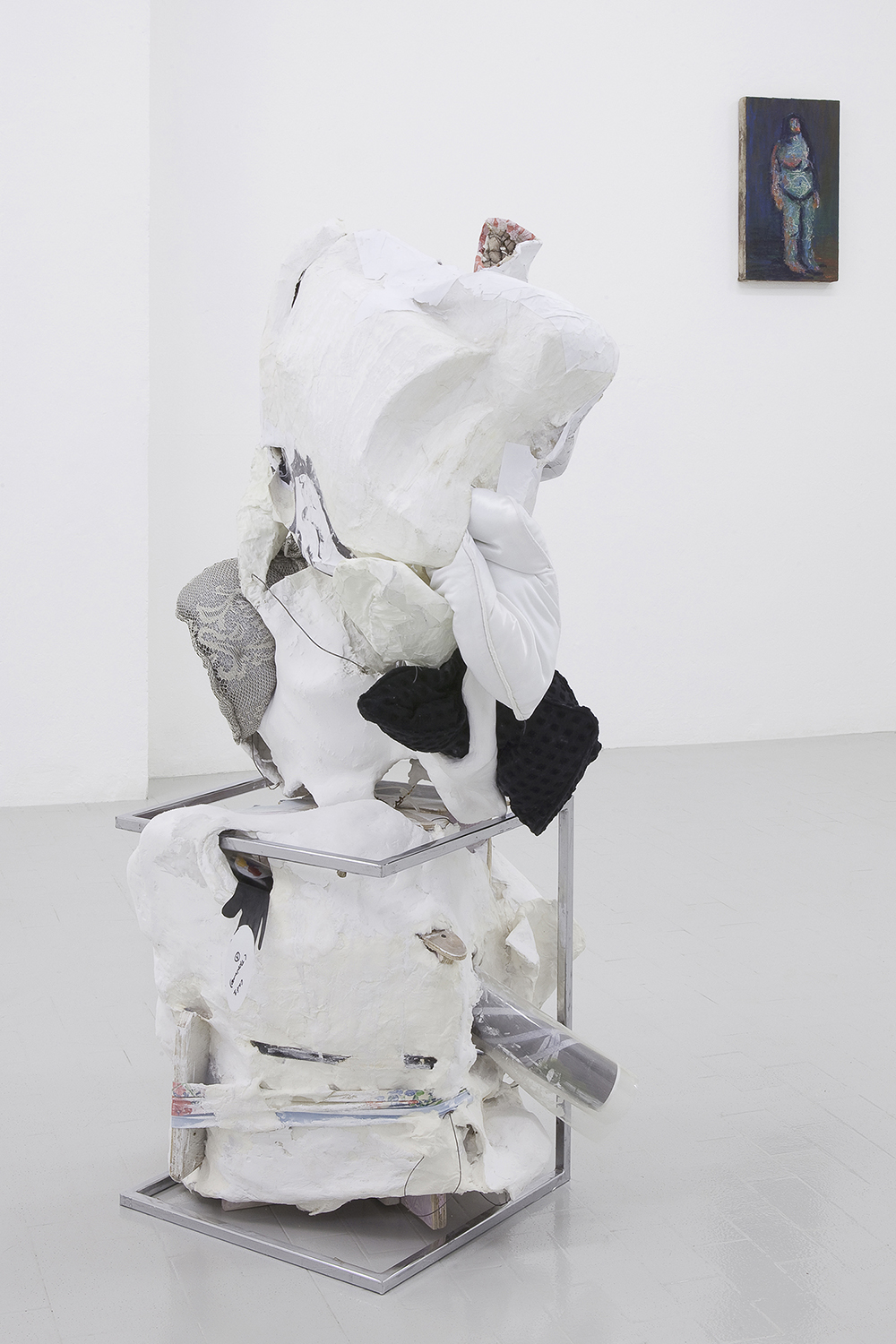
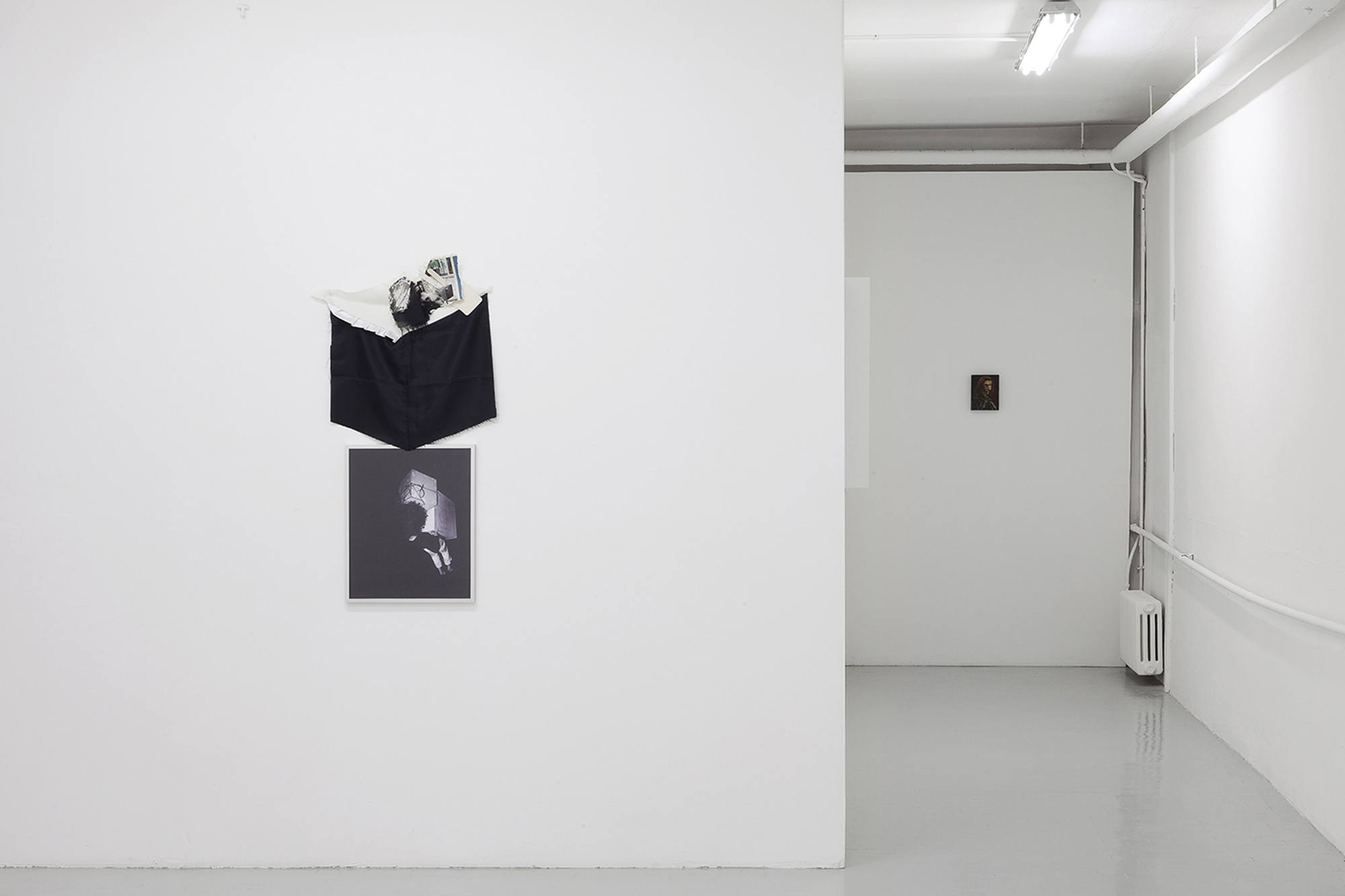
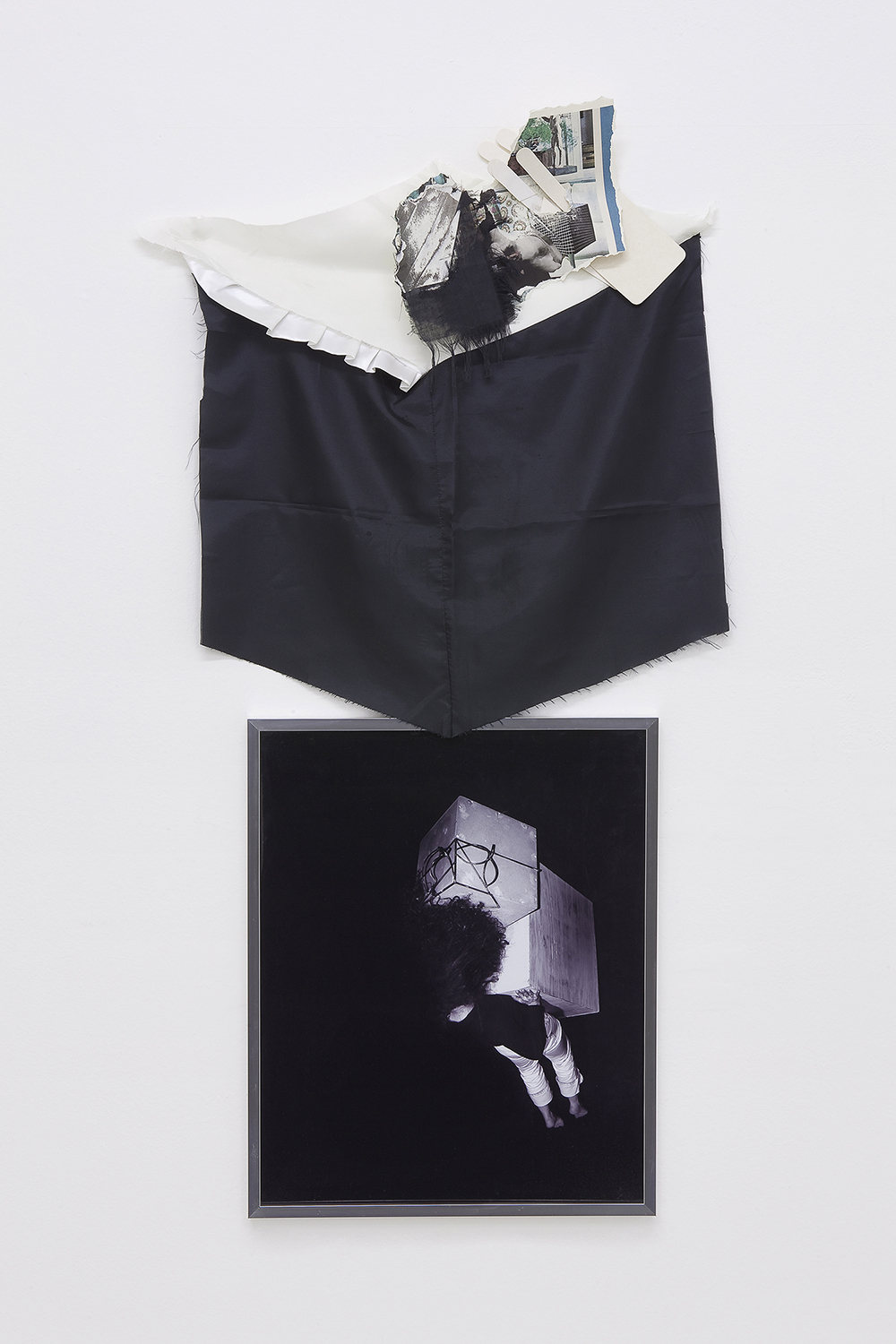
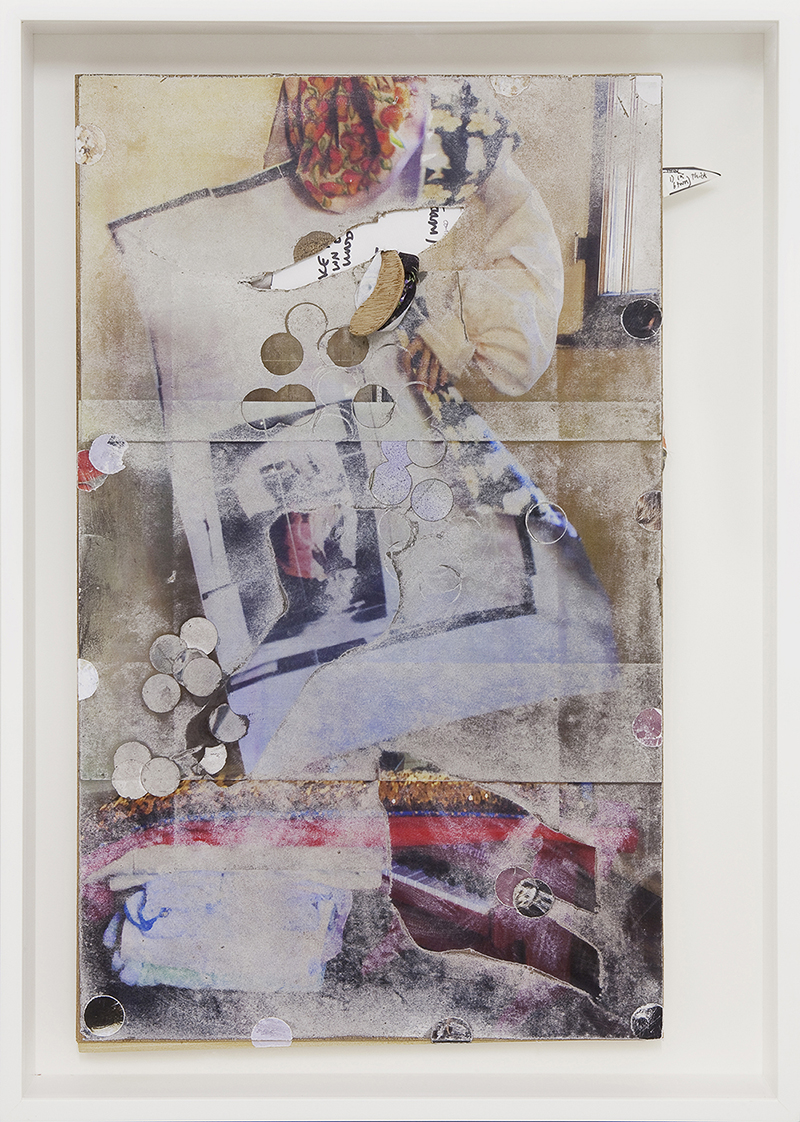
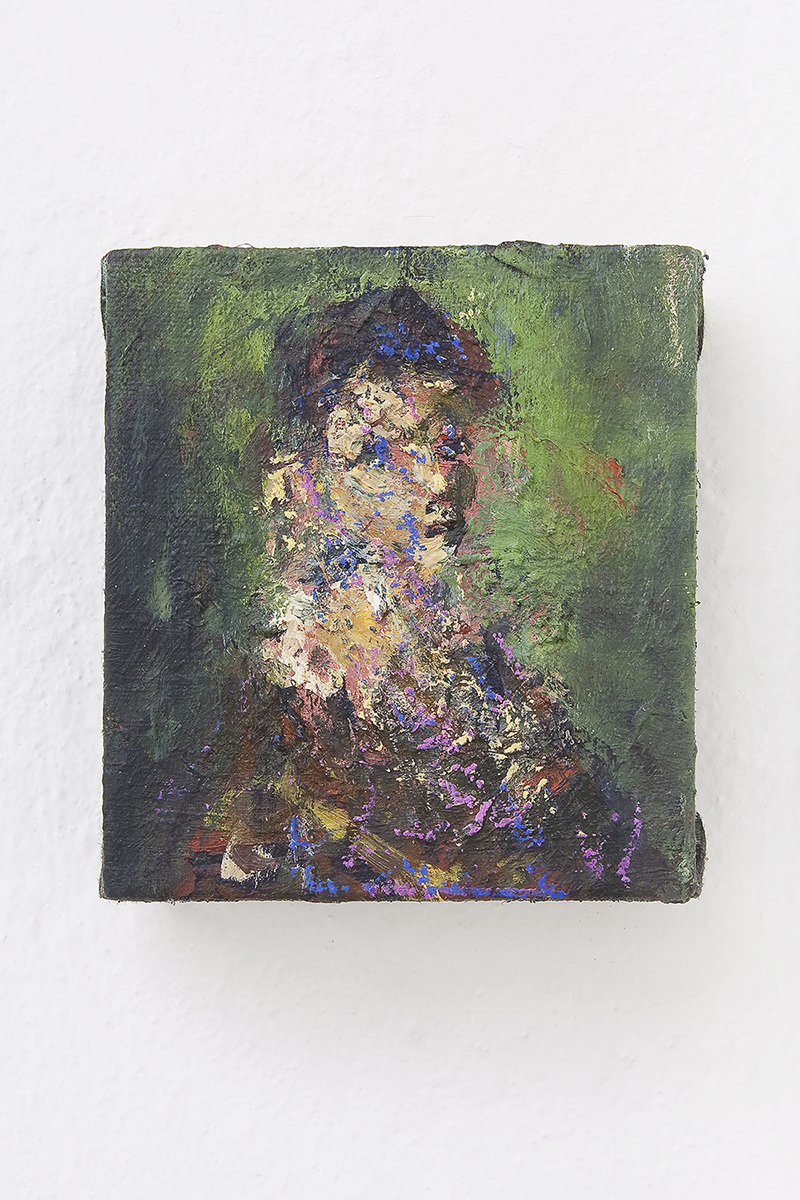
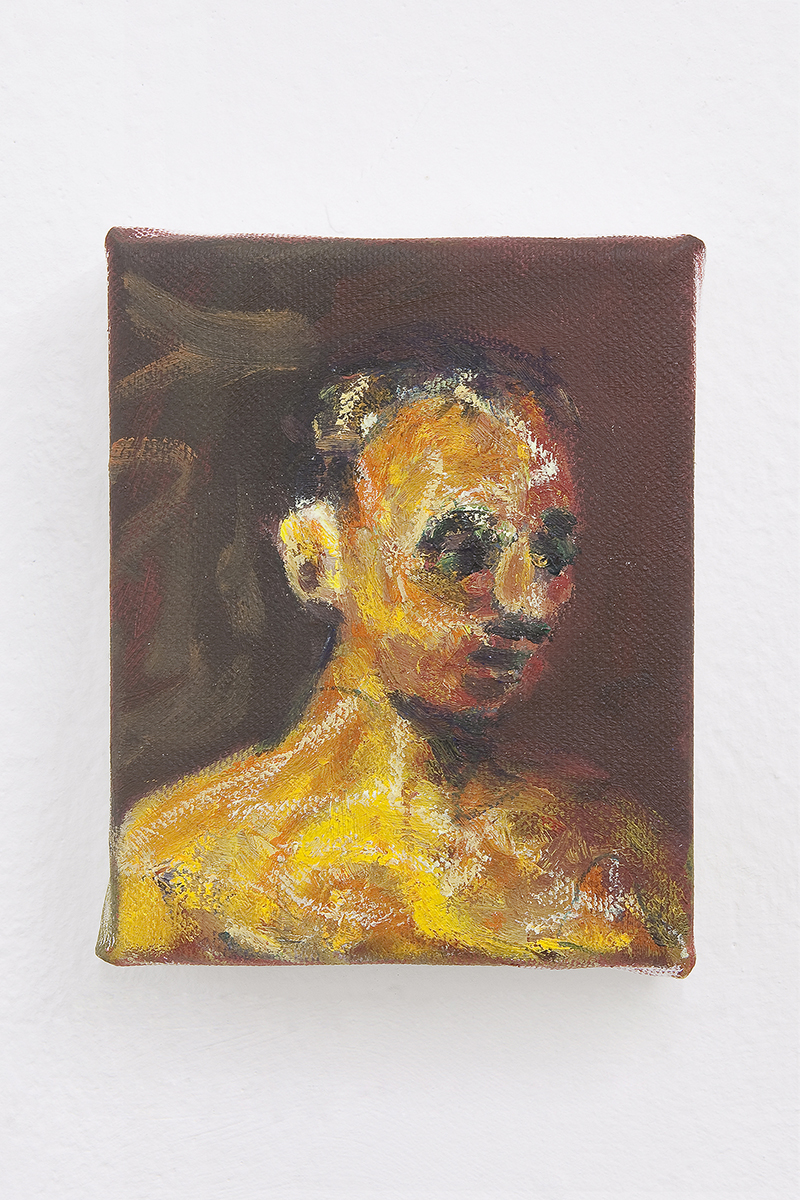
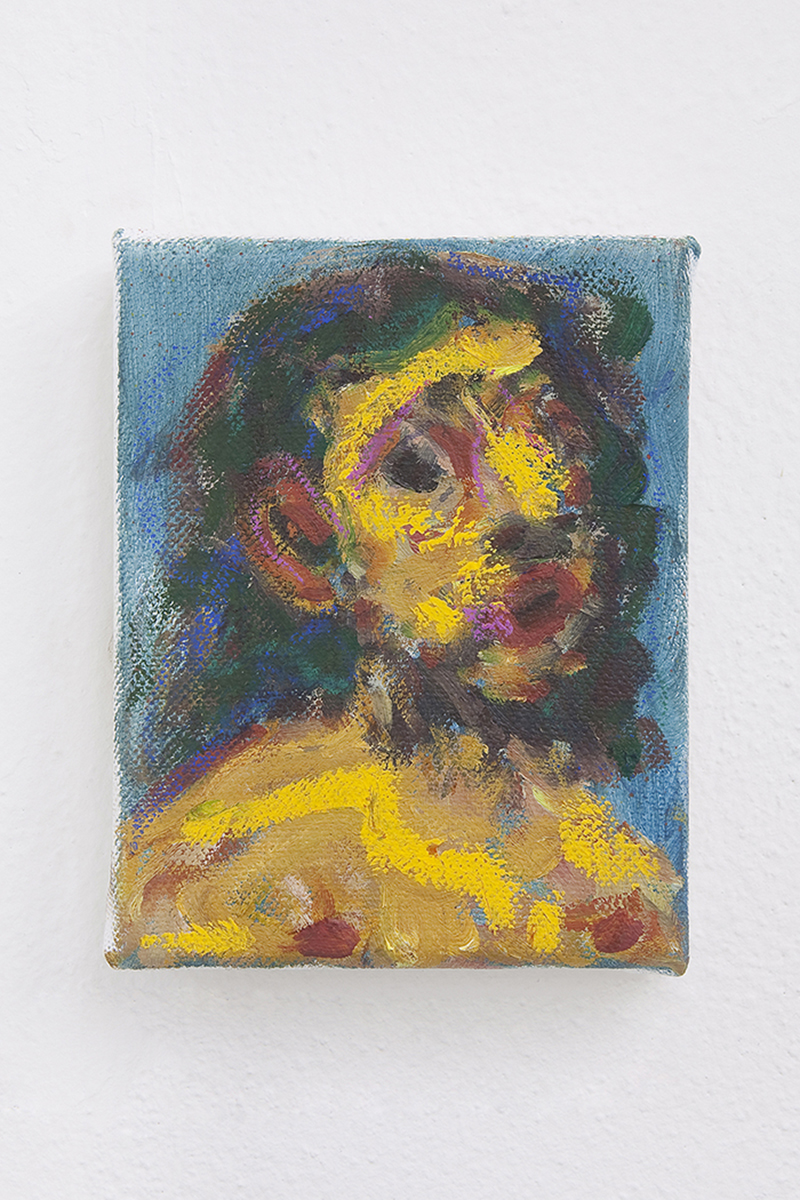
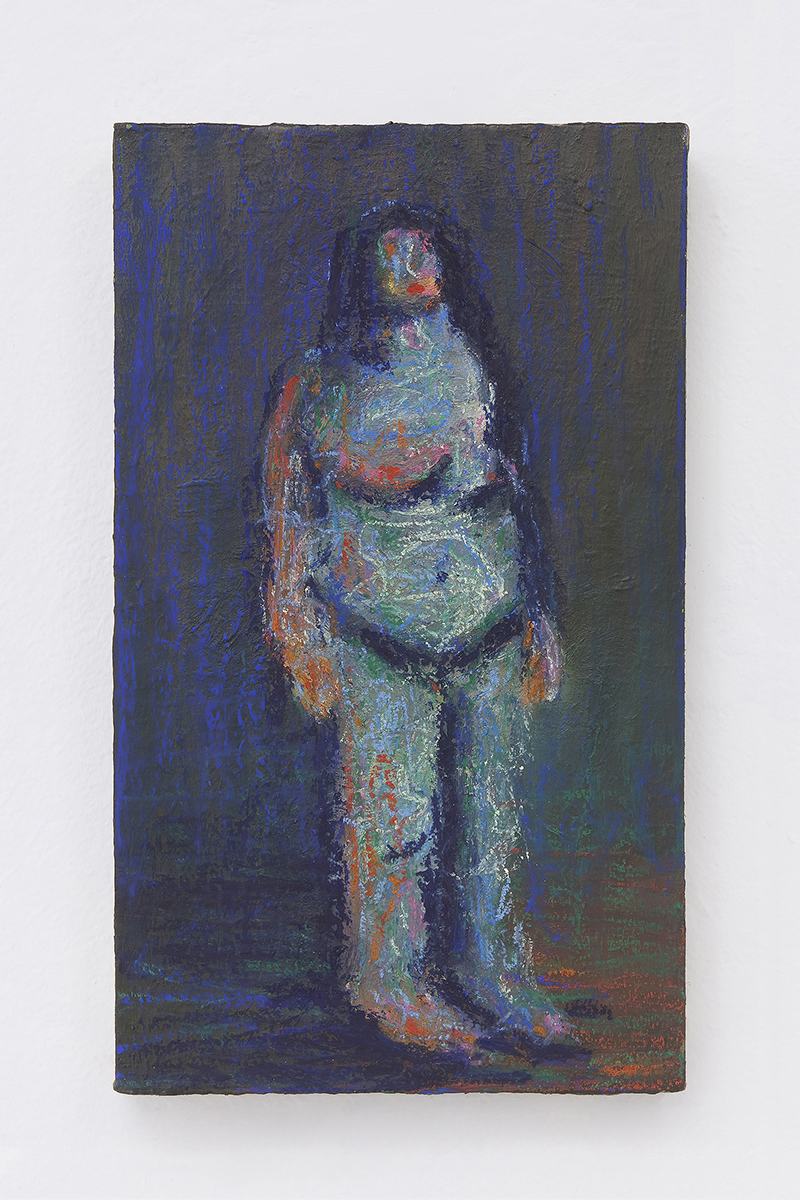
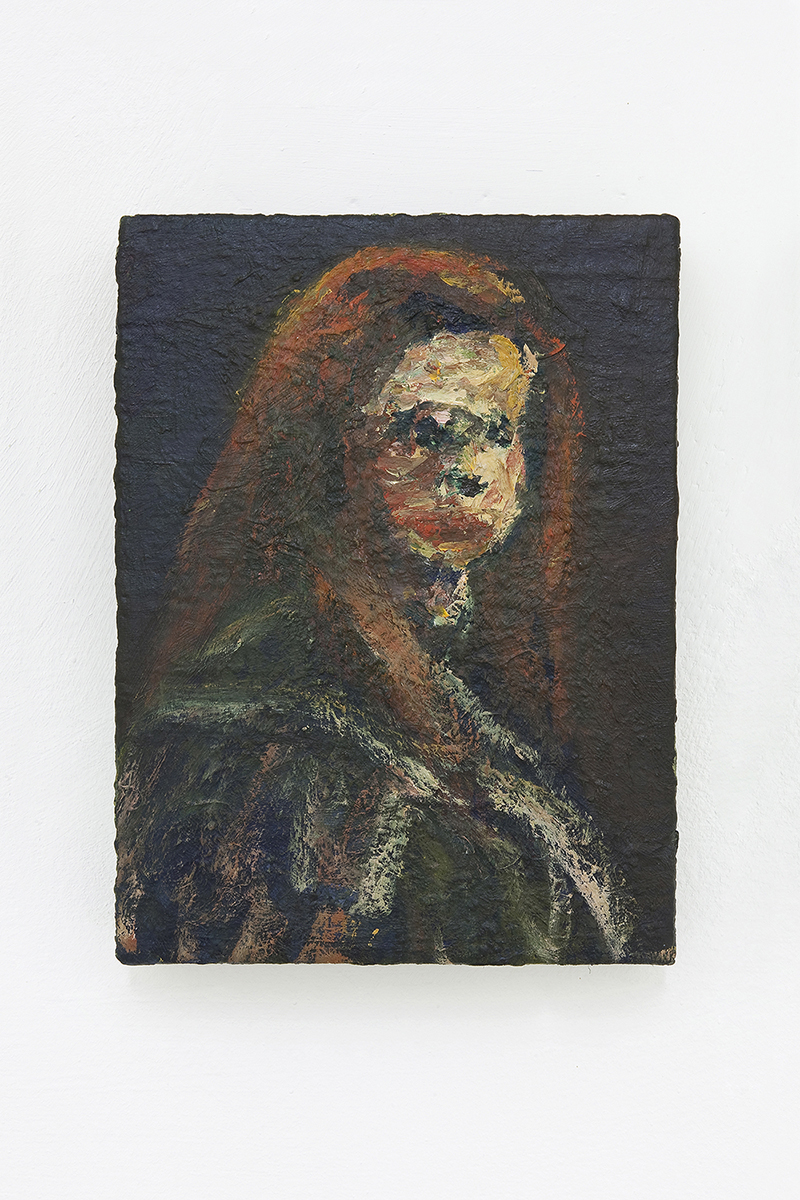
photo: Filippo Armellin
L’interesse per il termine - Eclettico - è la definizione che Diogene Laerzio dette alla scuola di Potamone di Alessandria, filosofo che fondò il suo pensiero sulla scelta di differenti elementi teorici comprendenti idee stoiche, peripatetiche e platoniche. Se questo può riflettere un atteggiamento critico ma non soggettivamente teorico, l’approccio eclettico di scelta e raccolta fu storicamente molto importante nell’interpretare il mondo fisico come un organismo animato da molteplici rappresentazioni mentali. In epoca illuminista Johann JoachimWinckelmann stabilì l’eclettismo in arte come lo scopo primo di creare un’opera dalla bellezza pura, raggiunta attraverso elementi individuali e comuni, asserviti alla visione d’insieme dell’artista. Per Paul Housley, pittore inglese e Jill Spector, scultrice americana, lontani da una ricerca di un’ideale estetico classico, l’eclettismo è un modo di percepire la poliedricità del mondo, prenderne dei fattori e trasformarli attraverso una esperienza pregressa e lo spirito creativo del momento. Se per Paul Housley la creazione inizia dalla fascinazione verso oggetti e icone dell’immaginario quotidiano e universale, per Jill Spector la scelta avviene durante la composizione, fluido vitale che sceglie, plasma e assembla in un’estatica attività di assemblaggio.
La pittura di Housley sembra essere una concatenazione di stili e suggestioni che impasta sinergicamente con una gestualità svelta. Scorrono le avanguardie del ‘900 in queste pitture di genere, animate dal reiterarsi di segni materici con i quali modella figure su tela. Il “ridicolo” di essere artista, come lui definisce, vive nell’alternanza di suggestioni alte, da Rembrandt a Picasso, alla descrizione di oggetti di poco conto che trova nei ricordi vani di mercatini dell’usato. Tutto è credibile, non c’è spazio per l’ironia, il ritratto alto assume lo stesso prestigio della composizione convenzionale. Una scelta consapevole, quella degli oggetti da cui farsi affascinare, che come spiega il fenomenologo francese Maurice Merleau-Ponty: ”l’occhio compie il prodigio di aprire all’anima ciò che non è anima: Il gaio dominio delle cose, e il loro Dio”. Un prodigio, quello dello sguardo, che sembra incoraggiare anche le scelte di Jill Spector, che con un flutto di magma bianco gesso unisce e ingloba elementi poveri a materiali di varia natura; come la mente fa con i ricordi che impasta corpi e impressioni nella creazione di una vivida percezione. Sono astrazioni formali poste spesso su sottili piedistalli, ad ergere morfologie candide, straripanti nella morbidezza delle forge che includono e occludono tessuti e immagini. Riproduzioni fotografiche delle stesse sculture giocano tra bidimensione e tridimensione in un gioco di rimandi, diventando opere uniche, performance cristallizzate, forme sull’orlo dell’animato.
The interest about the term - Eclectic - is the definition that Diogenes Laertius gave to the school of Potamone in Alexandria, a philosopher who founded his thoughts on the choise of different theoretical elements that included stoic, peripatetic and platonic ideas. If this may reflect a critical and not subjectively theoretical attitude, the eclectic approach, of selection and collection, was historically important in interpreting the physical world as a body animated by several mental representations. Johann Joachim Winckelmann established the eclecticism in art as the main aim of creating a work of pure beauty, achieved through individual and common elements, subdued to the artist’s vision. For Paul Housley, an english painter, and Jill Spector, an american sculptress, far away from a search of a classical aesthetic ideal, eclecticism is a way of perceiving the variety of the world, of selecting some elements and transforming them through a prior experience and through the creative spirit of this moment. Paul Housley begins the creations by his fascination with objects and icons of everyday and universal life, Jill Spector chooses during the composition’s process, vital fluid that she selects, assembles and moulds into an ecstatic activity of assemblage.
Housley’s painting seems to be a chain of styles and suggestions that he vigorously kneads with a quick gesture. You can spot the avant-guardes of the XX century through his traditional paintings, animated by the repetition of material signs that he uses to mould figures on canvas. The “ridiculous” to be an artist, as he defines, lives in the alternation of high suggestions, from Rembrandt to Picasso, to the description of trivial objects the the finds in vain memories of second-hand market. Everything is believable, there is no time for irony, the high portrait gains the same prestige of a conventional composition. A conscious and fascinating choise for the objects that as the french phenomenologist Maurice Merleau-Ponty explains: ”The eye makes the miracle of opening to the soul what is not soul: the happy supremacy of things, and their God”. A prodigy, that one of the look, that seems to encourage also the choices of Jill Spector, that with a surge of white chalk magma combines and incorporates poor elements and various kinds of materials; in the same way the mind does with the memories where it mixes bodies and impressions creating a vivid perception. Formal abstractions that are often placed on thin pedestals to erect immacolate morphologies, overflowing into shapes that include and obstruct fabrics and images. Photographic reproductions of the same sculptures play between two-dimensional and three-dimensional in a game of references, becoming unique pieces, crystallized performances, forms on the verge of living beings.
-
Paul Housley bio
Stalybridge, Greater Manchester 1964. Lives and works in London.
Selected Solo Exhibitions: 2012 England Sleeps, Poppy Sebire, London, An Eclectic Approach, Spazio Cabinet, Milan 2011A Yellow Bird at Night, Peter Bergman, Stockolm, A Maid for Paint, Poppy Sebire, London; 2010 Paul Housley, Akinci Gallery, Amsterdam; 2009 Orders from Chaos, Peter Bergman, Stockholm; 2008 Some Have Eyes, Wilkinson Gallery, London, Night Painting, Sunday L.E.S., New York; 2006 Heavy Easel, Norwich Gallery, Norwich; 2005 New Works, Durham Light Infantry Museum & Durham Art Gallery, Durham, The Boy is made of Plastic, Reg Vardy Gallery, Sunderland; 2004 New Ways to be Alone, Wilkinson Gallery, London; 2003 New Works, Waygood Gallery, Newcastle-Upon-Tyne; 2002 Liste, Young Art Fair, Basel, New Works, Nylon Gallery, London; 2001 I, Mancunian, The Lowry Gallery, Salford; 2000 Some Things Smell in Denmark, Nylon Gallery, London, New Works, University of Northumbria at Newcastle Gallery; 1998 England till it Hurts, Berwick Gymnasium Gallery, Berwick Upon Tweed; 1997 Poets and Dentists, The 312 Gallery, London; 1996 IF, Alternative Art Galleries, London; 1994 Bummed, The Hockney Gallery, R.C.A. London; 1990 One Man Show, The Graves Gallery, Sheffield.
Jill Spector bio
York, Pennsylvania, USA 1976. Lives and works in Los Angeles.
Selected Solo Exhibitions: 2012 An Eclectic Approach, Spazio Cabinet, Milan; 2010 Presents, Presense, Presenxe, BolteLang, New York, Jill Spector, Indipendent art fair, solo presentation with BolteLang, New York; 2007 Sculpture In Around: A Believe In, Galerie Catherine Bastide, Brussels; 2005 One Arm Too Many, MFA Thesis Exhibition, Art Center College of Design, Pasadena; 2004 Sculpture & A Hat, Art Center College of Design, Pasadena, Partner, Platform, Perfect, Posture, Art Center College of Design, Pasadena; 2003 Wearing Outfit, Art Center College of Design, Pasadena.
-
thanks to Boltelang, Zurich